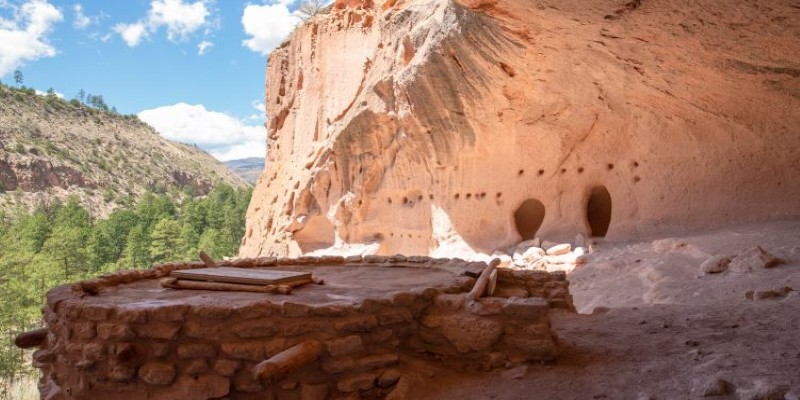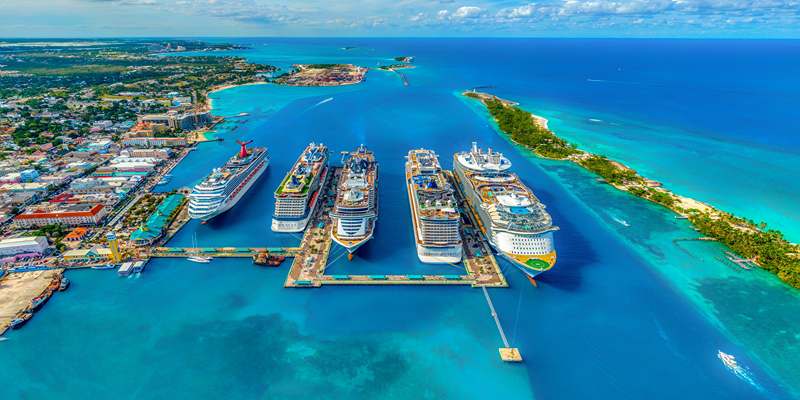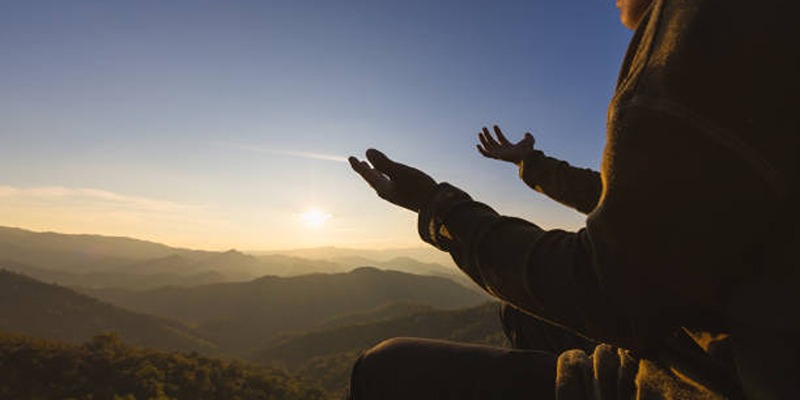Before You Move to New Mexico: Important Things to Consider
Moving to New Mexico means stepping into a land of contrasts, where ancient adobe villages coexist with modern suburbs, and towering peaks overlook vast deserts. The state’s rich cultural heritage, shaped by Native American and Hispanic influences, gives it a distinct identity. With its stunning sunsets, flavorful cuisine, and relatively low cost of living, it attracts retirees, artists, and outdoor enthusiasts. However, the slower pace, unique tax structure, and climate extremes can surprise newcomers.
While Albuquerque and Santa Fe offer city conveniences, rural areas can be more isolated. Understanding these nuances helps ensure a smooth transition, allowing you to embrace New Mexico’s beauty and lifestyle without unexpected hurdles.
The Cost of Living and Housing Market
New Mexico is perceived as a cheap state, but it is relative to where you move. Albuquerque and Santa Fe have housing prices over the state average, but small towns and the countryside are still cheap. The median home value is lower than in most other states, but property taxes differ by county. Rent is also pretty inexpensive, with one of the lowest average rents for a large American city being found in Albuquerque. Yet wages in New Mexico are lower than national averages, so affordability is relative to earning potential.
Because of extreme weather, utilities may be greater than usual. Heat waves in summer necessitate air conditioning, and cold weather in higher elevations necessitates heating. The water bill may also be high, particularly in desert areas where conservation is practiced.
Taxes are also a consideration. New Mexico may not have the most taxation, but it does have a gross receipts tax rather than a usual sales tax. This can increase day-to-day purchases by a little bit because companies transfer the tax to consumers. Property taxes are pretty low, but income tax rates tend to be higher than usual for middle-class workers.
Climate and Natural Disasters
New Mexico’s climate is diverse, ranging from arid deserts to snowy mountains. In cities like Las Cruces, summers are long and hot, often exceeding 100°F. In contrast, Santa Fe and Taos experience cold winters with heavy snowfall. The state’s dry climate means low humidity, which is a relief for some but can be tough for those not used to dry air.

Water scarcity is a reality. Droughts are common, and many towns impose water restrictions during dry seasons. If you plan to garden or maintain a lawn, you may need to adjust expectations. Wildfires are another risk, particularly in forested areas and during windy seasons. Flash floods can occur in lower elevations after heavy rainfall, and dust storms can reduce visibility in certain regions.
Despite these challenges, New Mexico's weather is appealing to those who prefer mild winters and enjoy outdoor activities year-round. It's a state where you can ski in the morning and hike through the desert in the afternoon.
Job Market and Economy
New Mexico has a mixed job market. The state’s economy relies heavily on government jobs, with federal labs, military bases, and research institutions providing many positions. Los Alamos National Laboratory and Sandia National Laboratories attract scientists and engineers, while White Sands Missile Range supports military and civilian employees.
The job market can be challenging outside of government-related fields. Tourism, healthcare, and education are steady industries, but wages are often lower than in other states. Remote work has opened new opportunities for many, allowing residents to earn out-of-state salaries while enjoying New Mexico's lower cost of living.
Entrepreneurs and small business owners may find opportunities, especially in cities like Santa Fe, which has a thriving arts and culture scene. However, business regulations and tax structures can be complex, so research is essential before setting up shop.
Lifestyle, Culture, and Community
New Mexico has a unique cultural identity shaped by Native American, Hispanic, and Anglo influences. The pace of life is slower than in many urban centers, which appeals to those seeking a relaxed environment. However, the state’s rural nature can mean limited access to certain amenities. Shopping, dining, and entertainment options are plentiful in Albuquerque and Santa Fe but can be scarce in smaller towns.

Crime rates vary. Albuquerque has higher crime rates than other cities in the state, but many smaller communities are safe and close-knit. It’s important to research neighborhoods before choosing a place to live.
Outdoor enthusiasts will find plenty to love, from hiking and camping in the Gila Wilderness to skiing in Taos. The state’s vast open spaces and national parks provide endless opportunities for adventure. For those who enjoy art and history, New Mexico offers world-class museums, historic sites, and an art scene that has drawn creatives for generations.
Education quality is an ongoing concern, with New Mexico ranking lower in national education rankings. If you have children, researching school districts or considering private or charter schools may be necessary. Higher education institutions like the University of New Mexico and New Mexico State University provide solid academic options.
Healthcare access can also be a challenge in rural areas. Major hospitals and medical facilities are available in Albuquerque, Santa Fe, and Las Cruces, but smaller towns may have limited options, requiring long drives for specialized care.
Conclusion
Moving to New Mexico offers a mix of natural beauty, cultural richness, and a relaxed lifestyle, but it’s not without challenges. The cost of living is reasonable, but wages can be lower. The climate varies from arid deserts to snowy peaks, bringing water scarcity and extreme temperatures. Job opportunities exist, especially in government and tourism, but options can be limited in some industries. While crime and education quality vary by location, the state’s charm lies in its diverse communities and outdoor adventures. Understanding these factors helps ensure a smooth transition, allowing you to fully embrace the unique experience of life in New Mexico.












